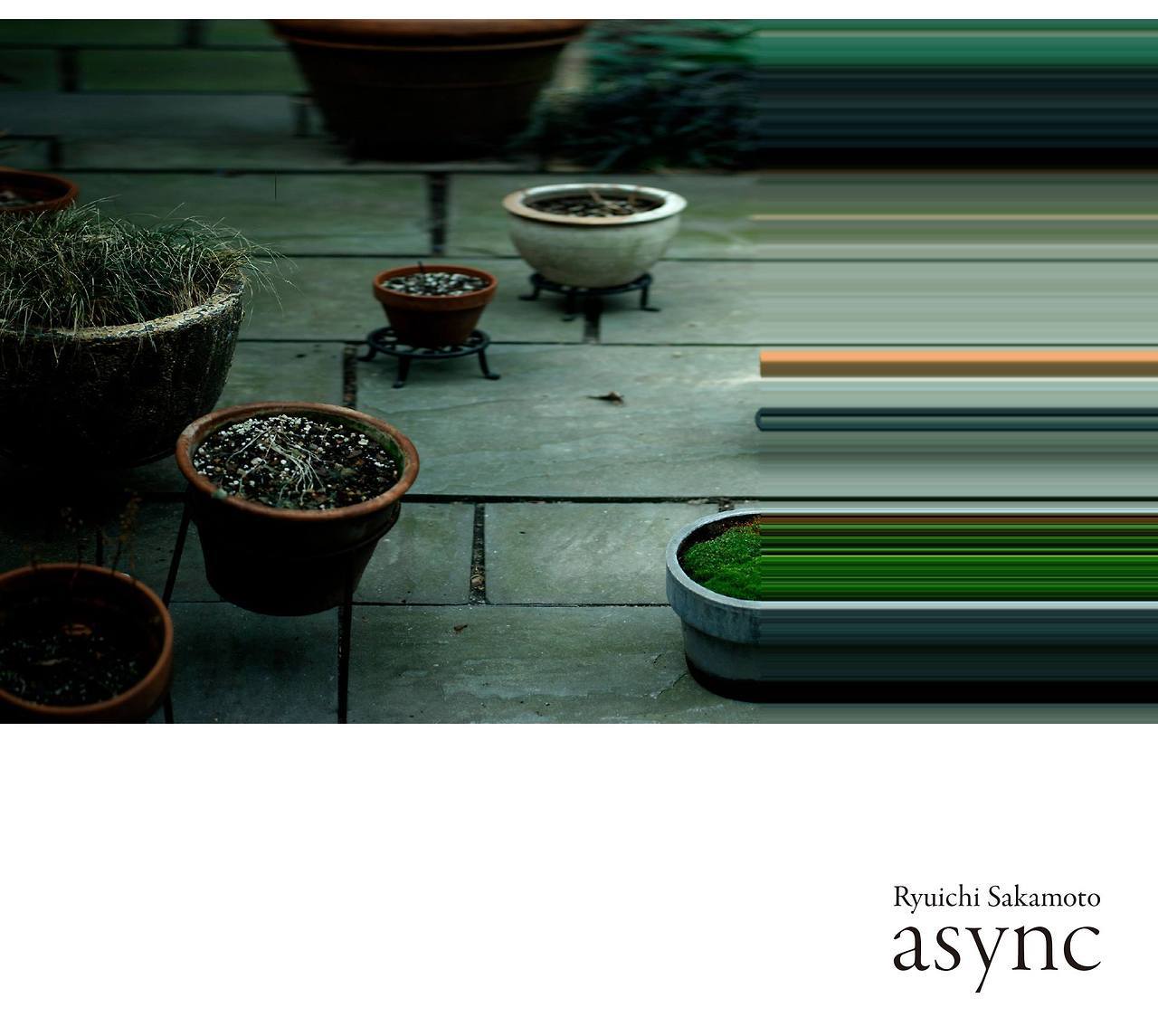Ryuichi
Sakamoto: async (Milan)
Ryuichi
Sakamoto doesn’t require much of an introduction for many music fans.
His legacy is decades-long, considering his vast solo career, myriad
collaborations, and as a core member of Yellow Magic Orchestra. I’m
perhaps then a little embarrassed that I’m not better acquainted with
his repertoire, having only taken in bits and pieces of it over my
own years. His post-2000 collaborations with electronic minimalists
like Carsten Nicolai (Alva Noto), Christian Fennesz, and Taylor
Deupree have no doubt influenced his work. async is the result of
Sakamoto rebounding from a battle with throat cancer, and his
sixteenth album is at once fragile and introspective as well as
resilient and quietly confident. Opening cut “andata” begins with
Sakamoto’s most delicate piano touch before evolving into a droning
organ elegy. It’s a fresh left turn that the proceeding
“disintegration” provides, a smattering of sparse prepared bass
piano and airy pads. In contrast to his dreamy, melancholy pad
compositions that follow is “ubi,” a piano ballad that recalls
Chopin’s most delicate preludes while sonar pings in the periphery,
not keeping time whatsoever. Its romanticism is yet again contrasted
by the pizzicato barrage of “async,” an abrasive, jarring palate
cleanser before the quietest triangle resonance of “tri.”
Paul
Bowles’ voice appears on “fullmoon,” and within the context of
this mostly instrumental album it’s obvious how much his message
resonated with Sakamoto. Sakamoto worked on the score for the film
adaptation of Bowles’ novel The Sheltering Sky, and his sentiment
regarding death makes sense given Sakamoto’s recent health issues:
“Because
we don’t know when we will die, we get to think of life as an
inexhaustible well. Yet everything only happens a certain number of
times, a very small number. … How many more times will you watch
the full moon rise? Perhaps 20. And yet it all seems limitless.”
Despite the occasional curveball of atonal arrangements or samples,
most of the warm heart of async is in its floaty synths that appear
on numerous cuts, including the lilting elegy of “solari,” the
earnest arpeggios of “stakra,” or hushed, filtered chords of
“ZURE.” Only on “honj” is there an obvious nod to Japanese
music history, its stark shamisen plucks resonating over a cascade of
small effects. Sakamoto’s reputation precedes him, but async is
especially engrossing and rewarding listening. Highly recommended for
a quiet and introspective session.


0 Comments